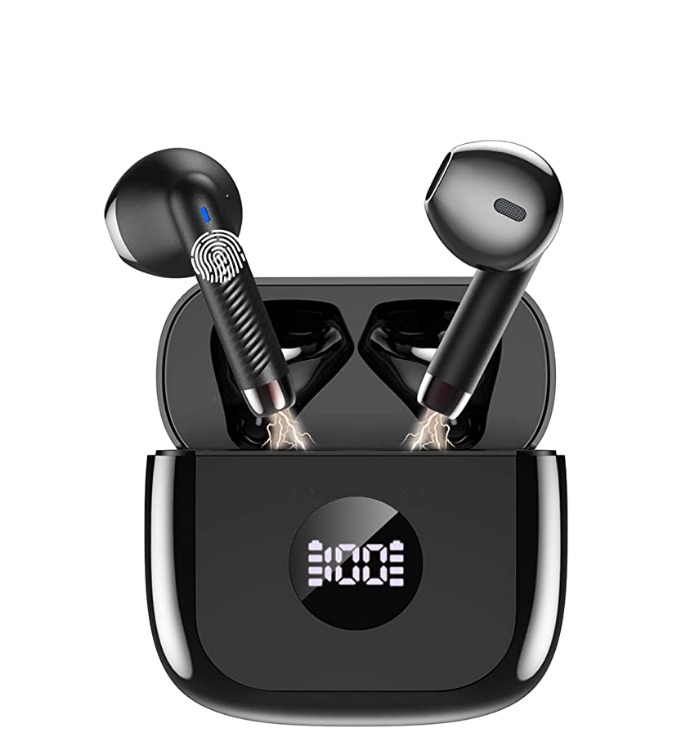The 4.4-Star Value Prop: Deconstructing the NEO CHAIR NEXUS Gaming Chair
Update on Nov. 11, 2025, 5:43 p.m.
In the sub-$150 gaming chair market, skepticism is a healthy default. This price point is often a minefield of trade-offs, where “value” is just a polite word for “cheap.” This makes a product like the NEO CHAIR NEXUS (ASIN B0CLMHKRLW) a fascinating outlier.
It boasts a 4.4-star average from over 80 ratings, a dominant 78% 5-star majority, and the “Amazon’s Choice” badge. This isn’t just good for the price; it’s a statistical anomaly.
The praise from seasoned users is even more striking. One reviewer, Benjamin Matthews, stated it’s “comparable in quality to the $500 chairs” used in their e-sports center. Another, Ludia, claimed it was “much better than expected, especially at this price point.”
This begs the question: how does this chair achieve a “high-value” perception that so dramatically outperforms its price tag? We deconstructed its features to find out.

The “First Touch” Test: High-Perception Materials
The first place a budget chair usually fails is the “feel.” Cheap PU leather often feels like plastic, smells strongly, and is prone to flaking.
The NEXUS appears to solve this. Multiple 5-star reviewers commented on the material quality. User Marc noted the leather is “not the type that flakes off,” calling it “super high quality and smooth.” Ludia echoed this, describing the “faux leather felt very sturdy and smooth” and praising the “different textures like carbon fiber” as a thoughtful detail.
This focus on tactile quality creates an immediate “out-of-the-box” impression of value. This is paired with “high-density foam” that users describe as “roomy” and “sturdy,” a critical factor for long-term comfort that avoids the “sinking” feeling of cheap, low-density padding.

The Premium Feature: “Linkage Armrests”
Beyond materials, the NEXUS includes a core ergonomic feature rarely seen at this price: ergonomic linkage armrests.
On most budget recliners, the armrests are static—bolted only to the seat. When you lean the backrest, your arms are left behind, unsupported, forcing you to shrug your shoulders. The NEXUS’s armrests are “linked” to the backrest, meaning they move and recline with you.
This “linkage” system maintains forearm support regardless of your recline angle, which is critical for reducing neck and shoulder strain. This is a true ergonomic function, not a simple gimmick, and its inclusion is a key reason why it might be compared to more expensive models.

The Core Mechanics: Recline and Footrest
The chair delivers on the expected features. The recline function is praised for its stability. User Austin Myers noted that the “reclining feature locks at any position,” which provides a sense of security missing from chairs with pre-set “notches.”
It also includes a “large footrest.” While this feature is subjective—and, as user Ludia noted, may be “a tad short” for taller individuals—its presence adds to the overall value proposition, turning the chair from a task seat into a full relaxation recliner.

The Sturdiness Question (3.8/5)
The “Sturdiness” rating (3.8/5) and the 11% of 1- and 2-star reviews show that this product is not immune to the challenges of its price point. A 1-star review from “Elizabeth” described a critical failure (“snapped in half”), attributing it to a plywood back and small connector. Another 3-star review from “Roland D” also noted the “flat piece of plywood” back.
This is the central gamble of the $150 chair. However, the data (78% 5-star) suggests this is a rare outcome. More importantly, the 5-star review from Benjamin Matthews provides the counter-narrative: “There was a defect in the backrest I received… and their customer support responded… within minutes.”
This reframes the problem. The NEXUS’s value isn’t just in its materials; it’s in the combination of “high value” (Benjamin), “tough” (Austin), and responsive customer service that mitigates the risk of a rare defect.

Conclusion: A “High-Value” Outlier
The NEO CHAIR NEXUS (ASIN B0CLMHKRLW) appears to have earned its 4.4-star rating and “Amazon’s Choice” badge by delivering a user experience that feels more expensive than it is.
By investing in high-perception materials (smooth PU leather, dense foam) and including a genuinely premium feature (linkage armrests), it successfully bypasses the “cheap” feel of its competitors. While not immune to the quality control issues that plague the budget category (as the 3.8/5 sturdiness score and 1-star reviews show), the overwhelming majority of users report a “sturdy” chair that is “comparable in quality to the $500” range. This makes it a clear “high-value” outlier.




















